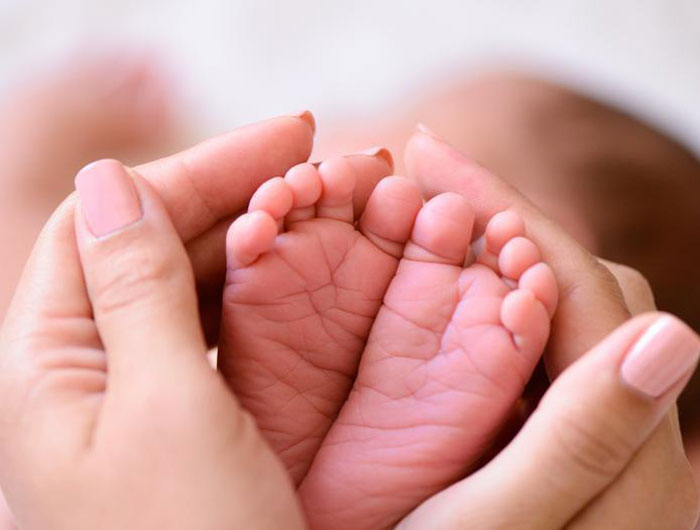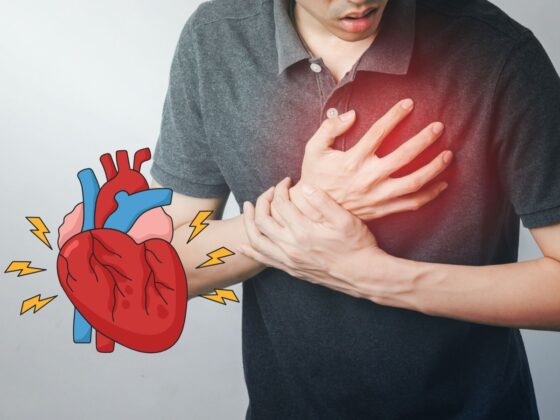New Delhi : In a first of its kind, a research team from IIT-Mandi has developed “New Fluorescent Nanodots Markers” that shows the distribution of water inside biological cells.
The research is claimed to be helpful for medical sciences as water distribution inside the cells was found to be different between normal and cancer cells, a development which could enable an alternative easy way of detecting cancer cells.
The preliminary research indicates that the distribution of water inside normal cells is different from that inside cancerous cells. Which, if understood better through future studies, could enable an alternative easy way of detecting cancer cells.
The human body is composed of trillions of cells, with their own specialised functions.
Cells have multiple constituents, of which water amounts to 80 per cent. Water molecules close to one another, are weakly attached to each other through feeble bonding forces called ‘hydrogen bonds.’
The Hydrogen bonds are dynamic and change according to the interactions of water with the surroundings.
The subtle changes in intracellular water, governing the cellular functionality, may initiate a series of biomacromolecular dysfunction that can lead to cancer or neurological disorders, according to the research work.
Chayan K. Nandi, Associate Professor at School of Basic Sciences of IIT Mandi and the lead researcher, said that markers are usually used to detect internal structures and components of cells.
“A ‘marker’ as name suggests, binds to specific components and shows their presence in some form; a fluorescent marker would emit light to show the presence and structure of the component to which it is attached. There have been, hitherto, no markers that can bond exclusively to water inside cells. Thereby making fluorescence microscopy unsuitable for detection of intercellular water,” he said.
However, Nandi’s team has synthesised a fluorescent nanodot. A material that is in the scale of nanometres – about 80,000 times smaller than the width of human hair.
Nanodots composition
“The nanodot is made of carbon and contains both hydrophilic (water loving) and hydrophobic (water hating) parts, much like a soap molecule. The presence of water repellent and water attracting parts within the same nanodot. Make them organise themselves according to the nature of the hydrogen bonding caused by the water molecules. Like the formation of soap micelles around grease.”
In addition, the nanodot can fluoresce, which means emit light in the far ultraviolet wavelengths when illuminated with near ultraviolet light, and the time taken before it fluoresces depends upon the micellar arrangement of the nanodots around the hydrogen bonding network.
“By introducing these nanodots into cells the research team has shown that the hydrogen bonds and hence water contents are different in different parts of the cell,” he said.
More important is the observation that the hydrogen bonding network is different in cancer and normal cells.The work provides the first evidence that the nuclei of cancer cells contain more free water than normal cells.
“It has been difficult to understand and experimentally analyse the extent of hydrogen bonding in intercellular water. This is the first probe to provide direct evidence of the hydrogen bonding network in an entire cell,” Nandi said.
He added that given the difference in water distribution in different types of cells. Future research would enable the utilization of these nanodots for detecting dysfunctional and diseased cells.











